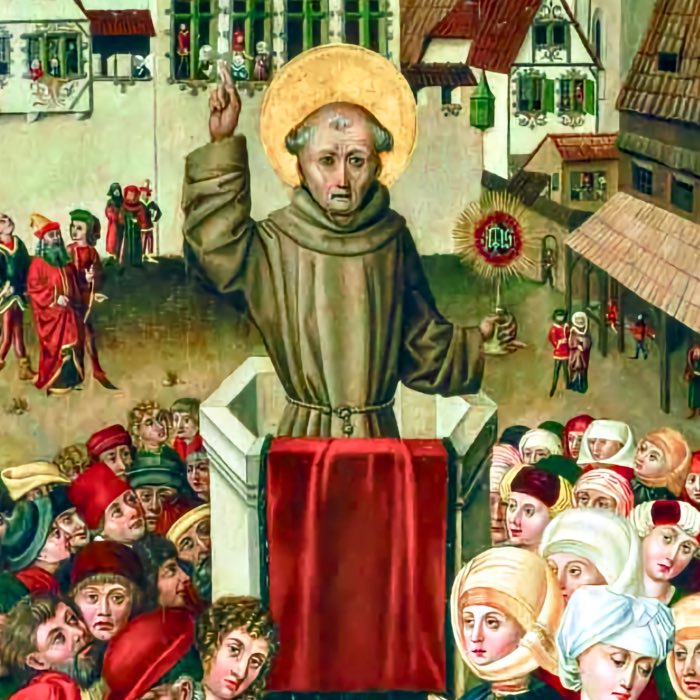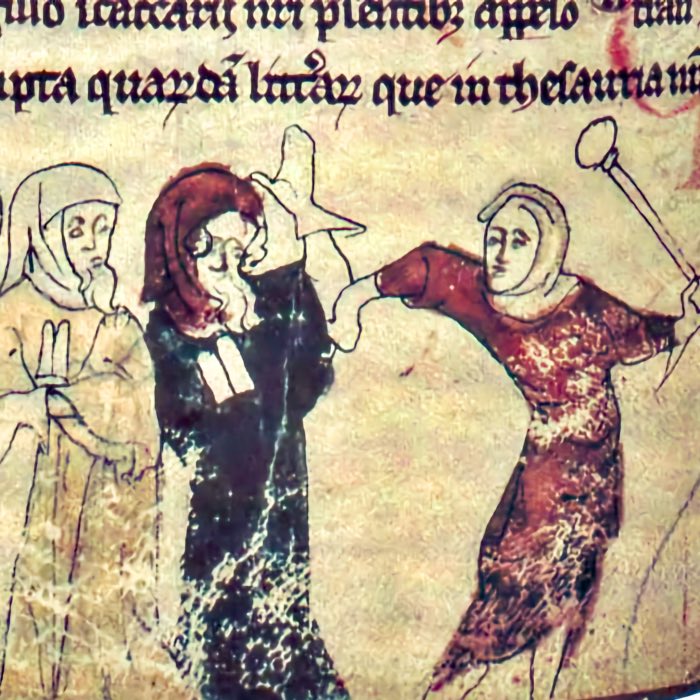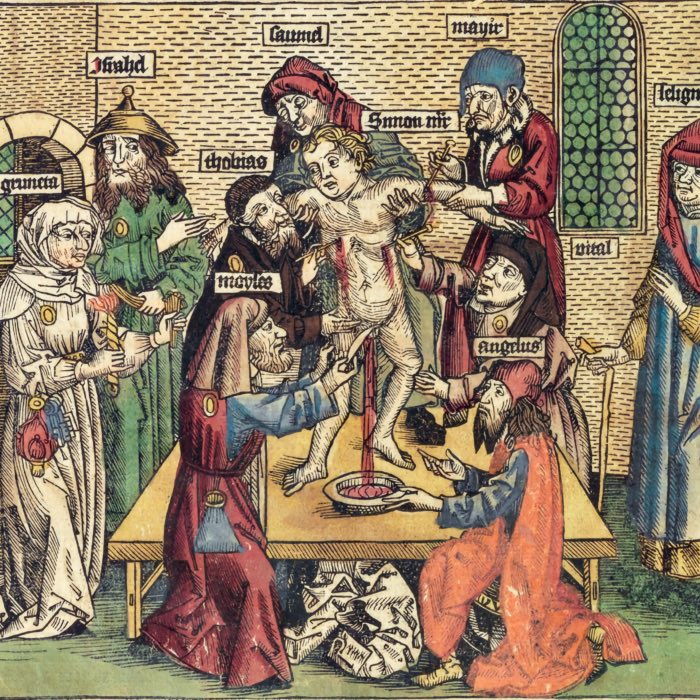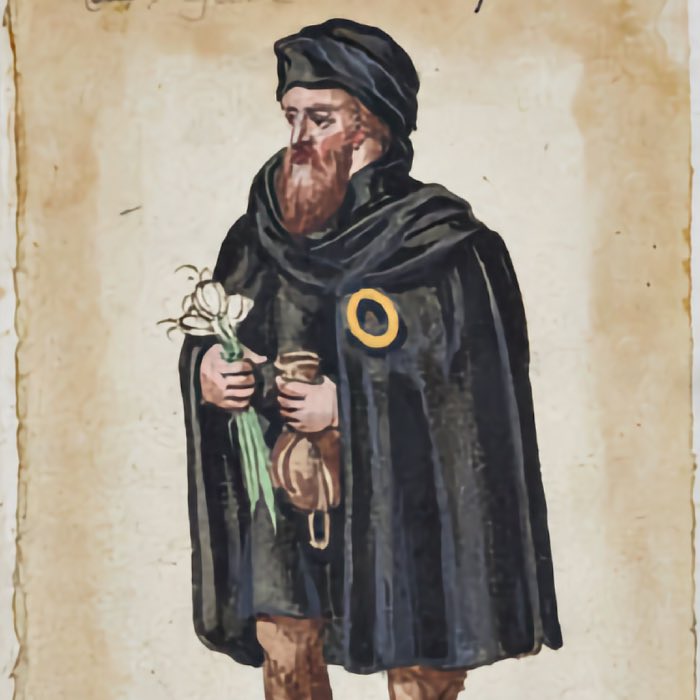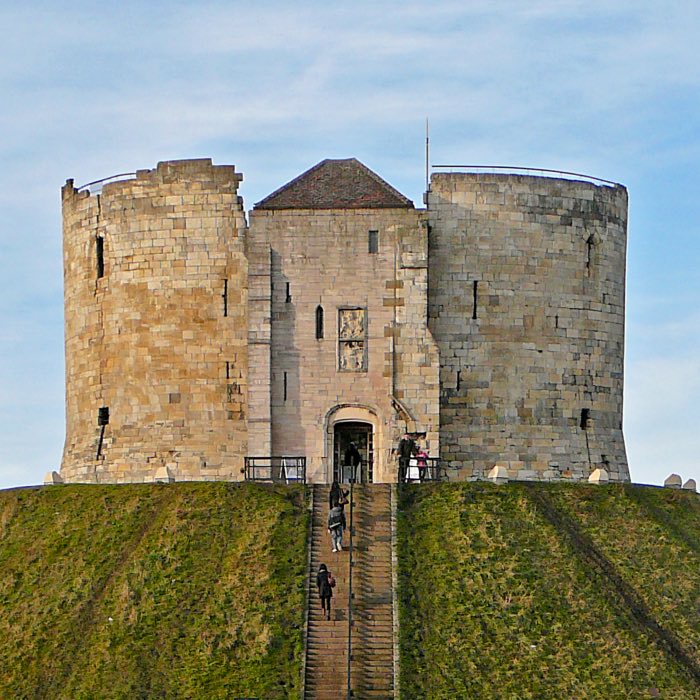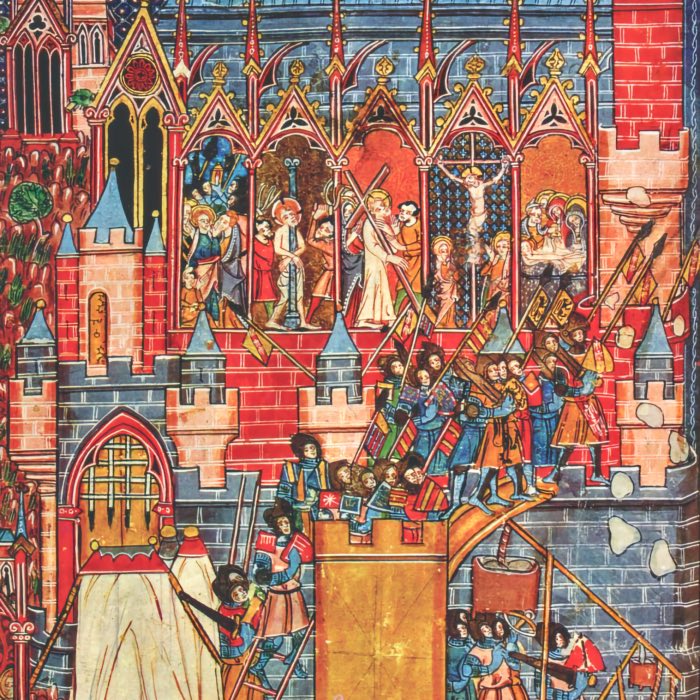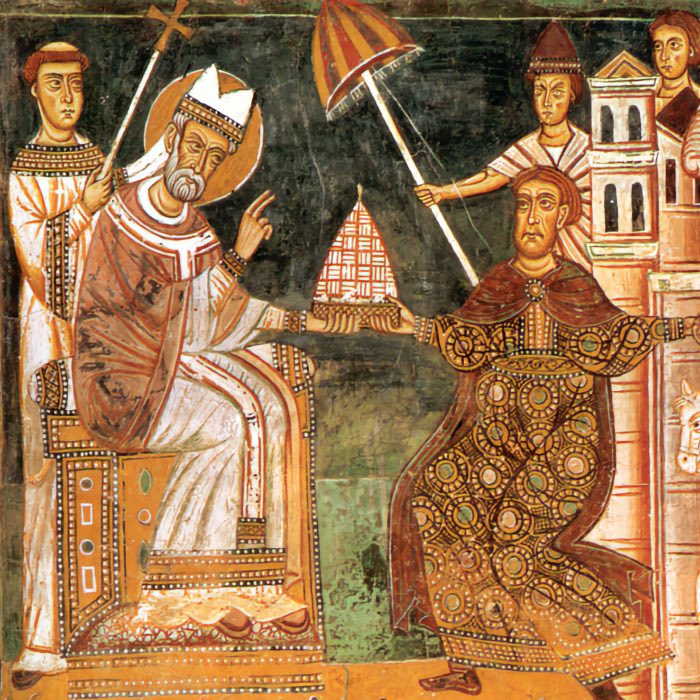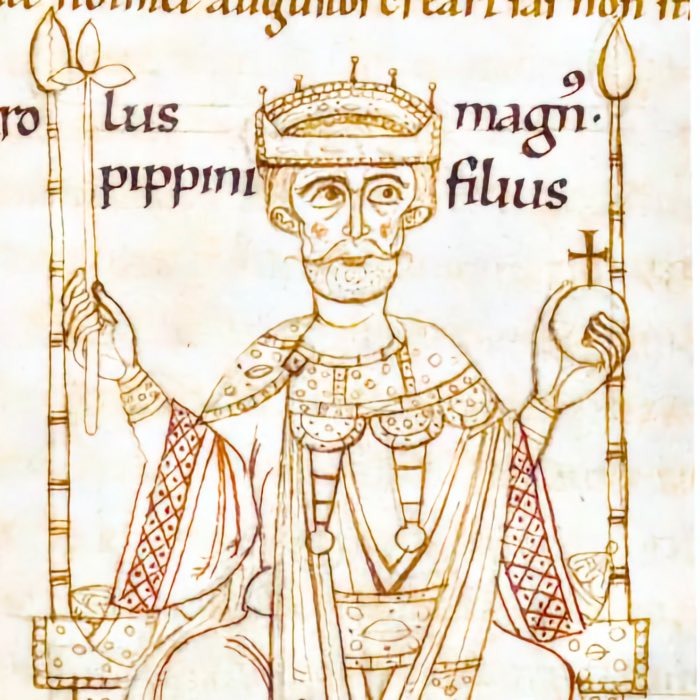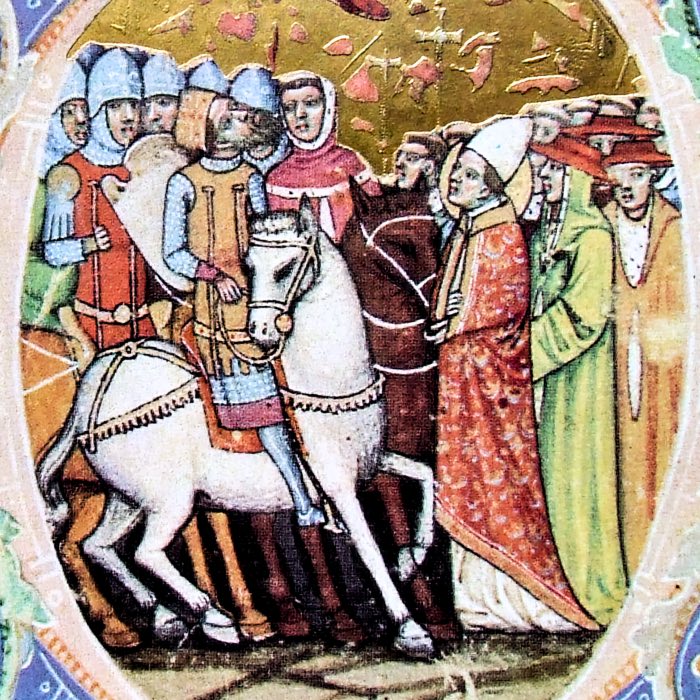Weekend Stories
I enjoy going exploring on weekends (mostly). Here is a collection of stories and photos I gather along the way. All posts are CC BY-NC-SA licensed unless otherwise stated. Feel free to share, remix, and adapt the content as long as you give appropriate credit and distribute your contributions under the same license.
diary · tags · RSS · Mastodon · flickr · simple view · grid view · page 18/51
John Capistrano: A saint and an anti-semite
The canonization of John Capistrano, a 15th-century Franciscan friar, missionary, and preacher, raises troubling questions about the moral and ethical standards of sainthood in the Catholic. Revered as a saint for his missionary work and his role in the defense of Belgrade against the Ottoman Empire, Capistrano also stands out for his fervent anti-Semitism, incitement to violence, and intolerance. This dual legacy exemplifies the contradictions, moral decay, and institutional cynicism that have marked certain aspects of Church history.
The expulsion of the Jews from England in 1290: A precedent for persecution in Europe
The expulsion of Jews from England in 1290 marked one of the earliest formal expulsions of an entire Jewish population from a European nation. This act, carried out under the edict of King Edward I, was a culmination of decades of anti-Semitic policies, economic exploitation, and religious prejudice. The expulsion not only profoundly affected the Jewish community of England but also set a precedent for similar actions across Central Europe, leading to widespread displacement and the migration of Jews to more tolerant regions such as Spain and Eastern Europe. In this post, we explore the historical context, immediate consequences, and long-term legacy of the expulsion.
Simon of Trento: A prominent example of the Blood Libel myth
The case of Simon of Trento in 1475 is one of the most infamous examples of the blood libel myth, a false accusation that Jewish communities murdered Christian children for ritual purposes. The story of Simon is a focal example that sheds light on the actual relationship between Christians and the Jewish community in the Middle Ages, that transited from an initial coexistence and relative tolerance to one of propaganda, violence and persecution in Europe – after centuries of theological fueling of anti-Jewish sentiment.
The 4th Lateran Council in 1215: Institutionalized restrictions on Jews and the origins of systematic anti-Jewish policies
The Fourth Lateran Council, convened by Pope Innocent III between 1213 and 1215, marked a watershed moment in the institutionalization of anti-Jewish policies within the Catholic Church. This council not only defined the dogmatic framework of medieval Catholicism but also laid the groundwork for a systematic separation of Jews from Christian society. Among its 70 decrees, several targeted Jewish communities, introducing restrictions that would shape European attitudes toward Jews for centuries.
The York Pogrom of 1190: A dark chapter in England’s Jewish history
The York Pogrom of 1190 stands as one of the most harrowing episodes in the history of medieval England. It marked the culmination of escalating anti-Jewish sentiment, fueled by religious fervor, economic tensions, and the widespread propagation of anti-Semitic myths. This tragic event, which resulted in the deaths of approximately 150 Jews, highlights the precarious position of Jewish communities in medieval Europe and the devastating consequences of intolerance and scapegoating.
The incident of William of Norwich in 1144: The birth of the Blood Libel against the Jews
The case of William of Norwich in 1144 marks the first recorded instance of the blood libel — an accusation that would fuel centuries of anti-Semitic persecution in Europe. This libel falsely accused Jewish communities of murdering Christian children for ritual purposes, embedding a myth that perpetuated hatred, violence, and exclusion against Jews. The story of William of Norwich not only illustrates the devastating impact of religious prejudice but also demonstrates how such myths were exploited for social, political, and economic purposes. Furthermore, it shows how deeply ingrained anti-Semitic attitudes were in the Christian societies theologically and socially, paving the way for centuries of persecution and violence.
The pogroms of 1096: Speyer, Worms, and Mainz
The year 1096 marked one of the earliest and most devastating instances of anti-Jewish violence in Western Europe, as Jewish communities in Speyer, Worms, and Mainz suffered brutal massacres. These events, collectively known as the Rhineland Massacres, occurred during the so-called People’s Crusade, a precursor to the First Crusade. The attacks exposed the intersection of religious fanaticism, socio-economic tensions, and scapegoating that would shape centuries of anti-Semitism in Christian Europe.
The forgery of the Donation of Constantine: A historical lie and its impact on Church authority
The Donation of Constantine is one of the most infamous forgeries in the history of Western Christendom, a fabricated document that profoundly influenced the trajectory of medieval political and ecclesiastical power. Purporting to be an imperial edict from the Roman Emperor Constantine, the document granted vast temporal and spiritual authority to the Pope, including dominion over the Western Roman Empire. This forgery served as a cornerstone for the medieval papacy’s claim to secular authority, even after its fraudulent nature was exposed during the Renaissance. In this post, we critically examine the origins, content, and implications of the Donation of Constantine, and we explore how the Roman Church used this fabrication to solidify its secular power.
Charlemagne…the Great? A critical review of his legacy
Charlemagne, also known as Charles the Great, holds an exalted place in European history. Revered as a unifier of Europe, a champion of Christianity, and a proto-king embodying European values, he remains a central figure in the medieval imagination. Yet beneath this veneration lies a darker reality: Charlemagne’s rule was marked by violence, conquest, and actions that often stood in stark contradiction to the alleged core Christianity teachings. In this post, we examine the paradox of Charles’ legacy, focusing on his brutal military campaigns, his role in the forced Christianization of peoples, and the Church’s complicity in these acts.
Pope Leo I: The architect of papal primacy and the foundations of Roman Christianity
Pope Leo I, known as Leo the Great (r. 440–461 CE), played a transformative role in shaping the self-identity of the Catholic Church and the role of the papacy. His pontificate came at a pivotal moment in the history of Christianity, as the Roman Empire faced profound crises, both internal and external. Leo’s theological contributions, political actions, and strategic emphasis on the centrality of the Bishop of Rome not only elevated the papacy’s authority but also laid the groundwork for the institutional Church’s consolidation of power. This post examines how Leo’s assertions of temporal and spiritual authority, his theological framing of Peter and Paul, and his role in defining Roman Christianity set the stage for the papacy’s influence and the Church’s evolving relationship with political power.
